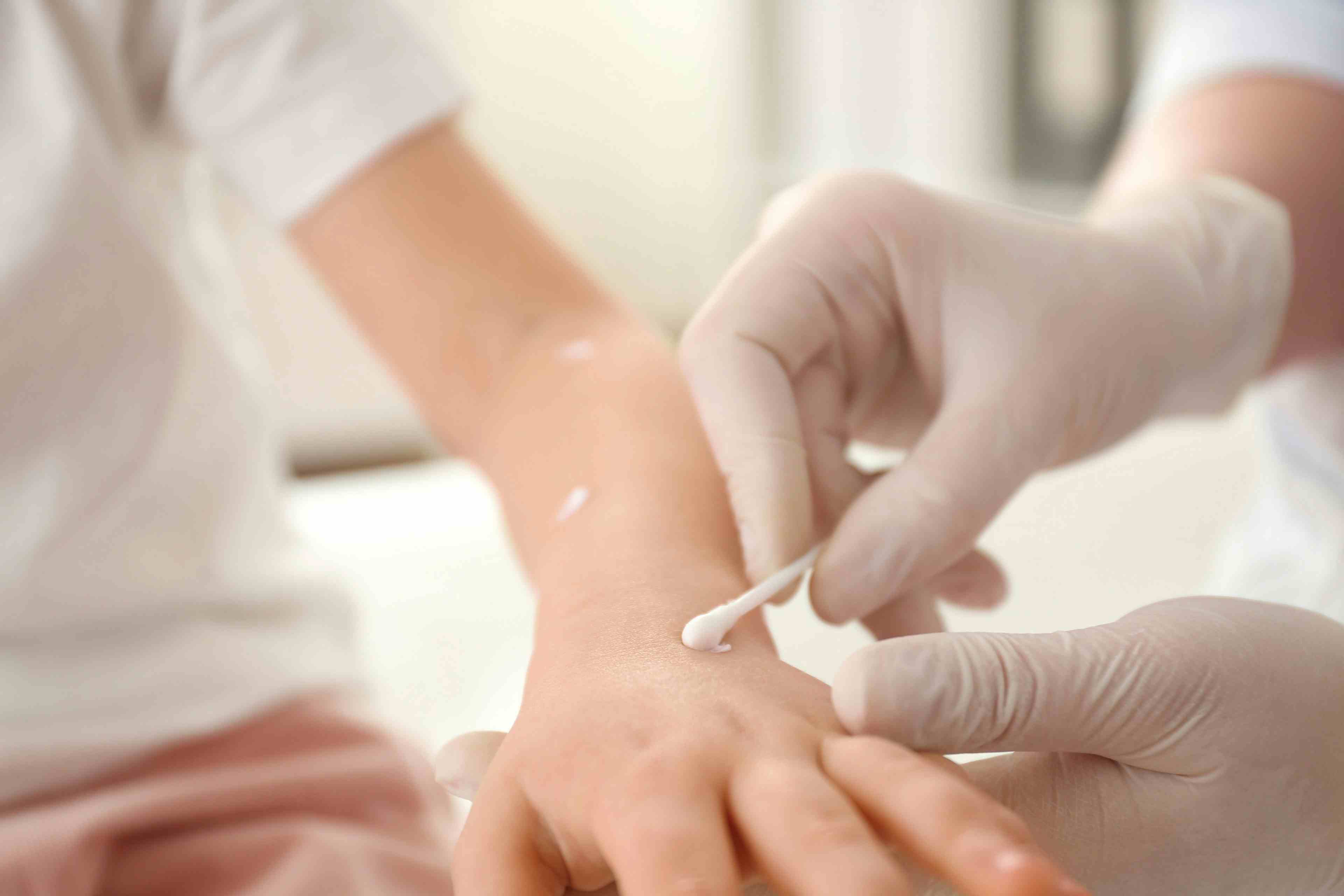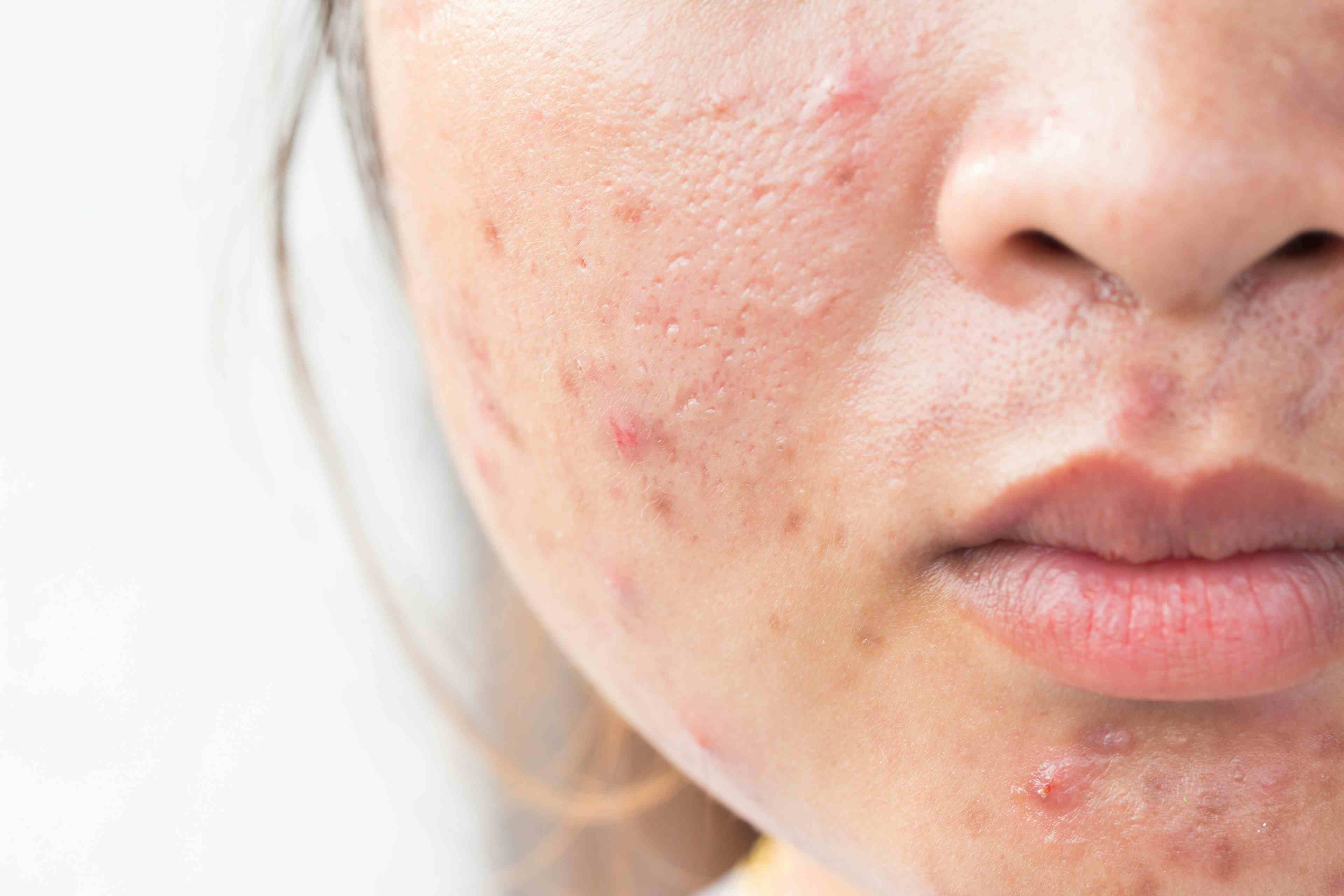- Acne
- Actinic Keratosis
- Aesthetics
- Alopecia
- Atopic Dermatitis
- Buy-and-Bill
- COVID-19
- Case-Based Roundtable
- Chronic Hand Eczema
- Chronic Spontaneous Urticaria
- Drug Watch
- Eczema
- General Dermatology
- Hidradenitis Suppurativa
- Melasma
- NP and PA
- Pediatric Dermatology
- Pigmentary Disorders
- Practice Management
- Precision Medicine and Biologics
- Prurigo Nodularis
- Psoriasis
- Psoriatic Arthritis
- Rare Disease
- Rosacea
- Skin Cancer
- Vitiligo
- Wound Care
News
Article
Pediatric Dermatology Highlights in July
Author(s):
From ER visits for dystrophic epidermolysis bullosa to rates of axillary hyperhidrosis, catch up on top pediatric insights from July.

Pediatric Emergency Department Visits with Dystrophic Epidermolysis Bullosa More Frequent in Summer; Hospitalization Rates Exceed 50%
Pediatric patients with dystrophic epidermolysis bullosa (DEB) are more likely to visit hospital emergency departments in the summer months versus young patients without DEB, according to a study published in Pediatric Dermatology. Furthermore, researchers also reported that more than half of patients presenting to emergency departments were ultimately hospitalized.
Out of a total of 27,223,220 pediatric emergency visits during the study period, 53 visits were associated with DEB, with 7 visits having DEB as the primary diagnosis and 46 visits having DEB as a secondary diagnosis. DEB-related visits were significantly more frequent in the summer (35.7%) compared to the fall (13.1%), contrasting with non-DEB visits, which were more common in the fall (30.2%) and less frequent in the summer (21.4%). The cost of an emergency department visit for patients with DEB also averaged significantly higher than non-DEB patients ($5,028.74 versus $2,143.37). In addition, a significant proportion of patients with DEB (56.2%) were admitted to the hospital, compared to only 3.4% of patients without DEB.
Managing Food Allergies with Dupilumab in Pediatric Dermatology
A recent study focused on evaluating the impact of dupilumab, a monoclonal antibody that inhibits interleukin (IL)-4 and IL-13 signaling pathways, on food-specific immunoglobulin E (IgE) levels in pediatric patients with moderate to severe atopic dermatitis (AD) and concurrent food allergies (FA). Researchers stated that AD and FA “significantly” affect quality of life and can have substantial socio-economic implications. AD has been closely linked to IgE-mediated FA, where allergen-specific T helper type 2 cells trigger pro-inflammatory cytokine release (e.g., IL-4, IL-13), leading to B cell production of specific IgE (sIgE).
Dupilumab, approved for treating moderate to severe AD from 6 months of age, has shown efficacy in reducing sIgE levels to various food allergens in adults with AD and FA. However, its effect on pediatric patients, who often develop FA early in life, remains unclear. In total, 36 pediatric patients with a mean age of 12.5 (standard deviation ±3.6) years were included in the study. Researchers stated a total of 120 FAs, with 1008 corresponding sIgE samples, were identified. Peanut (18.3%) and hazelnut (16.7%) were the most common foods to which patients were sensitized. The study noted that 2 (5.6%) patients discontinued dupilumab treatment at a mean treatment duration of 16.5 weeks.
TNF Blockade Shows Effectiveness for Pediatric Cutaneous Crohn Disease; Interleukin-12/23 Inhibitors Also Promising
In a review of 89 pediatric cases of cutaneous Crohn disease (CCD), researchers found that TNF blockade is an effective treatment option. Furthermore, they reported that interleukins (IL) 12 and 23 may be similar in efficacy. The review was deemed the largest of its kind to date. The review, published in Pediatric Dermatology, explored CCD, which is considered the least common dermatologic manifestation of Crohn disease. More common skin manifestations of the disease may include blistering, erythema nodosum, and skin tags, among others.
Researchers McKay et al conducted a review of pediatric CCD cases. Utilizing a comprehensive search of PubMed, researchers identified 78 previously-reported cases from 1970 through June 2022. For systemic treatment, corticosteroids were the most frequently used (60%), followed by antibiotics such as metronidazole (33%) and immunomodulators such as azathioprine (18%). Biologic agents, particularly TNF-alpha inhibitors, were used in 21% of cases, showing high efficacy with 94% achieving partial or total clearance of CCD.
Advanced Practice Providers Share Insights at the 2024 Society for Pediatric Dermatology Annual Meeting
The 2024 Society for Pediatric Dermatology Annual Meeting in Toronto, Ontario, Canada, recently brought together experts in pediatric dermatology to discuss advancements, challenges, and future directions in the specialty.
This year, several session presenters highlighted the critical role of advanced practice providers (APPs) in enhancing patient care and expanding access to dermatological services. In the following interviews, Rebecca Flynn, MSN, APRN, CPNP-PC; Kelly Harris, APRN; Nichole Halliburton, APRN, CNP; and Faye Brown, MSN, APRN, FNP-BC, shared their insights on the evolving roles of nurse practitioners (NPs) and physician assistants (PAs), the unique contributions they bring to dermatology practices, and their visions for the future of health care.
AICHI Study Reveals High Prevalence of Pediatric Axillary Hyperhidrosis in Japan and Promising Results with Sofpironium Bromide Gel
Primary axillary hyperhidrosis affects a significant portion of the population, with prevalence studies largely focusing on adults until recently. In an effort to fill this gap, the AICHI study conducted aimed to investigate the epidemiology of primary axillary hyperhidrosis in Japanese children. The study, presented in a poster at the 2024 Society for Pediatric Dermatology Annual Meeting, reported that sofpironium bromide gel was effective, safe, and satisfactory in young Japanese children with primary axillary hyperhidrosis.
The study encompassed 3983 children aged 6 to 14 years who visited dermatology clinics across Japan. Through a questionnaire-based survey, the researchers identified that 2.5% of these children exhibited severe primary axillary hyperhidrosis, characterized by a Hyperhidrosis Disease Severity Scale (HDSS) score of 3 or 4. Following 4 weeks of sofpironium bromide treatment treatment, researchers observed significant improvements across key measures including HDSS scores, Dermatology Life Quality Index, and sweating visual analog scale scores. Furthermore, no new adverse drug reactions necessitating special attention were reported among the pediatric cohort.
Newsletter
Like what you’re reading? Subscribe to Dermatology Times for weekly updates on therapies, innovations, and real-world practice tips.
















